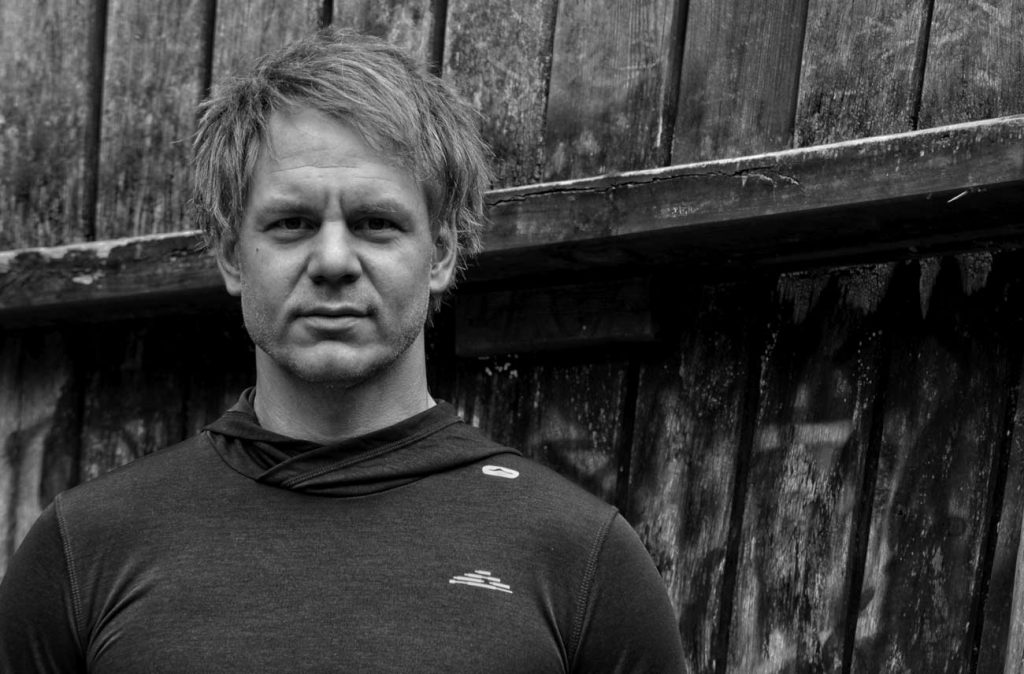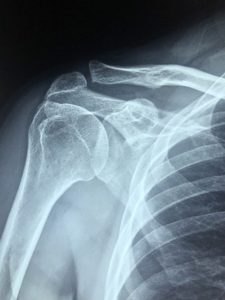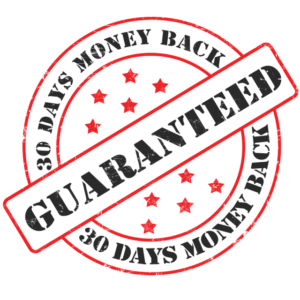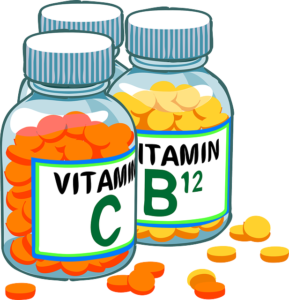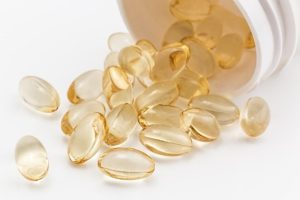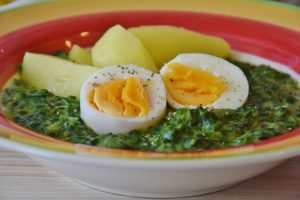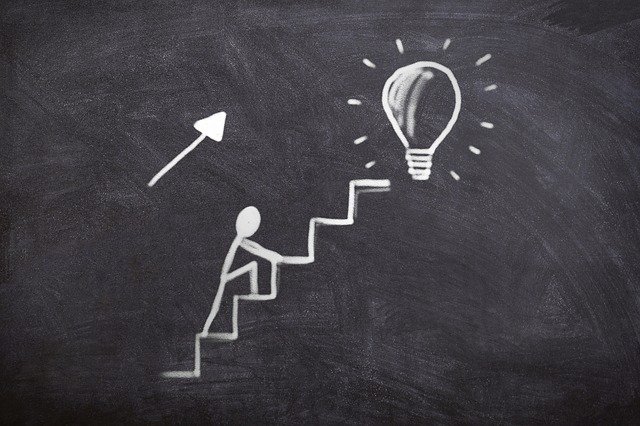The pain relieving expert explains: Today it’s sporty. The Tennis elbow. Pain in the area of the outer elbow. Do you feel like it? Then let’s get into it. ![]()
In addition to the pain in the elbow, there is often pain that radiates into the muscles of the forearm, sometimes even into the wrist.
Pain when gripping (shaking hands) and carrying or holding objects in everyday life. Lifting a water bottle or shaving in the morning become insurmountable hurdles. In extreme cases, night and rest pain at the joint is possible. The most important role in the development of tennis elbow is played by very specific, repetitive hand movements. These can be work-related or occur in the course of sporting activities.
Athletes from other “racket sports” (table tennis, badminton, squash) are just as at risk as teachers, waiters, “office workers” or craftsmen and nurses.
Why can the one-sided (over)stresses in certain professions or sports trigger tennis elbow in the first place? An imbalance between flexors and extensors (in the arm, in the elbow) is the result of this overuse. What happens, for example, if I only walk on my toes for just one day (!) instead of walking normally? The result the next day may be pain in the calf, shin and feet. Does that make sense? I think so. So it’s an overload.
One will then unconsciously adopt a protective posture until the pain disappears. Now we copy that into the daily overload of the elbow.
The daily exercise of the required job description. The typing, the lifting, the cutting (at the hairdresser) … And that at least 5 times a week for 8 hours, for years. Plus the (voluntary) typing on the mobile phone display or on the TV remote control. If there is no compensatory movement, then at some point the reserve is used up and the brain recognises that there is a risk of damage to the joint. Therefore, pain is “emailed” to the affected area. ![]()
To make further movement in the dangerous area more difficult and to prevent it.
In my opinion, the solution can only consist of 2 building blocks: 1) Understanding the context. 2) Regaining the lost angles in the joint that one has trained oneself out of.
Result: The switching of the alarming pain is no longer necessary, because the brain no longer perceives the threat to the joint. Self-directed alternatives: See above under point 2 ![]()
By the way, new appointments are possible again. ![]() See you next time.
See you next time.
Stay strong.
Matti


